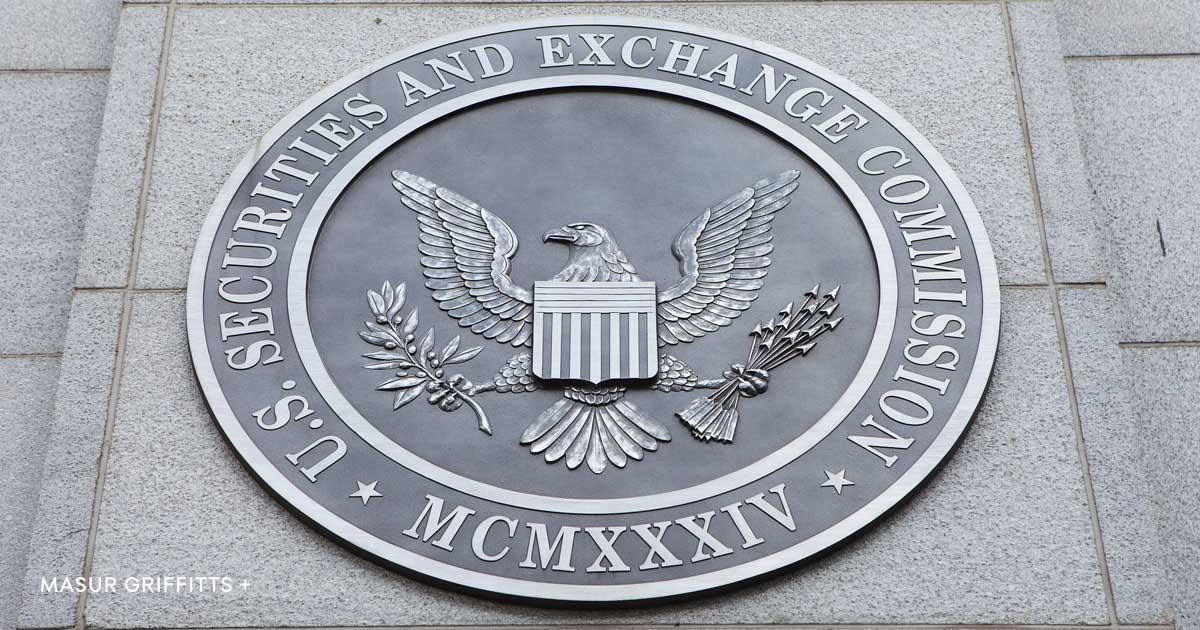Banking on Blockchain Patents
By: Jon Avidor and Jaclyn Wishnia
The U.S. Patent and Trademark Office (“USPTO”) has seen a recent tidal wave of blockchain patent filings, specifically from large banks and financial institutions, such as Bank of America and Mastercard. Though the USPTO has been receiving blockchain-related patent applications since 2012, the recent surge has many worried that a patent war is looming on the horizon.
The banking and financial sector is looking to utilize blockchain technology as a solution to inefficiencies within its industry, such as slow payment processing and a deficit of trust and transparency. If blockchain is in fact the “future for financial services infrastructure”, big banks would rather be at the forefront of this industry-wide evolution than behind it. One way to do this is to secure intellectual property rights in the blockchain innovation or blueprint through a patent.
Patents, if granted by the USPTO, afford banking and financial institutions the right to protect their innovations and have exclusive market control over their trading and banking platforms. The earlier the patent is granted, the more room there is for a company, like Barclays, to control this new market and gain leverage over other institutions. However, the patent application process is complex and time-consuming, and it can take over two years for the USPTO to issue or reject a patent application.
There are also challenges specifically for blockchain patents. In 2014, the Supreme Court ruled in Alice Corp. v. CLS Bank Int’l that claims to a computer-implemented technique of mitigating “settlement risk” in financial transactions were ineligible for patenting. The Court clarified that a claim directed to an abstract idea is not eligible for patent protection when it “merely requires generic computer implementation” or “attempt[s] to limit the use of [the idea] to a particular technological environment.”
Blockchain technology is inherently an open-sourced network, thus, a patent based solely on a blockchain system will most likely be rejected as it is an abstract idea. Banking and financial institutions will need to ensure that their blockchain patent applications either “identify an actual patentable innovation” or describe it in such a manner that indicates their platform—built atop blockchain technology—is a “novel idea that solves a problem.”
The rise of these blockchain patents for large institutions is a double-edged sword. On one hand, the continued pursuit of blockchain-related patents helps to legitimize the blockchain industry and increases public awareness. On the other hand, issuing patents primarily to large banks and financial institutions that can afford to file and legally reserve blockchain patents may result in the hampering of technological innovations. This may discourage potential competition from smaller business and hinder the industry’s growth. As these blockchain-based patents continue to be filed, the USPTO may need to develop consistent guidelines for patent filers to follow, especially as it pertains to blockchain, to prevent any patent wars.
***
We would like to thank our intern, Jaclyn Wishnia for her contribution to this article.









